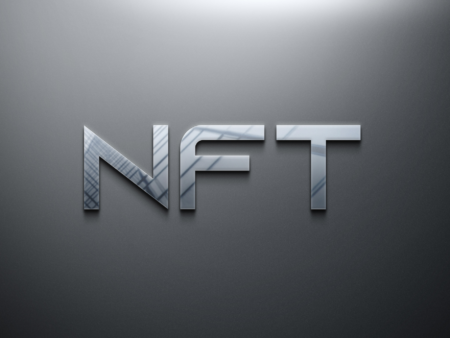Discover how 2022 occurrences affected the crypto sector, why NFTs declined despite crypto recovery, how coins and tokens affected NFT market issues, and why the NFT market collapsed amid the cryptocurrency crisis.
A string of unlucky incidents in 2022 had an impact on the whole crypto business, and those effects are still felt in 2023. The ownership of non-fungible tokens was considerably more severely affected, despite the fact that investments in cryptocurrencies are rapidly rebounding. Understanding that coins and tokens are linked but distinct puts you on the right track to understanding why the NFT market declined and continues to do so. Here’s more information on the variations between cryptocurrency coins and tokens. Although one of the primary causes of the NFT market’s collapse was the fall of the cryptocurrency market, there were other factors at play as well.
How did the cryptocurrency crash affect NFTs?
One of the key causes of the drop in investor confidence and interest is the decline of cryptocurrencies. Non-fungible tokens (NFTs) are dependent on cryptocurrencies due to the high correlation between them. Volatility and all these lowering values have been impacted by the plummeting prices of cryptocurrencies and non-fungible tokens, causing some huge firms to announce significant layoffs. Evidently, many became skeptical of investing after such instances. Although analysts point out that this might just be a problem related to the economic cycle, the NFT market does not appear to recover well from recessions, even though all types of economies experience them.
2 other primary causes of the NFT collapse
- Lack of faith in cyber security
Non-fungible tokens have historically been a source of controversy due in large part to public skepticism of their security. Despite the fact that NFTs are typically regarded as safe, some incidents have caused concern. One such incident happened last year, in the midst of an ongoing crypto crisis, when non-fungible tokens valued at $100 million were taken.
- Price hikes
The drop in trade volumes for NFTs is also partially attributable to an overheated or inflated market for non-fungible tokens. It’s simple to discern that NFT interest rose based on a hype when examining the market’s growth over the previous three years and by just monitoring the news. The Bored Ape Yacht Club is a fantastic illustration of this. The individual NFTs in this collection fetched millions of dollars. Several other instances are like this as well.
Predictions and the current situation
Several areas have been impacted by the NFT market’s downturn. Before the crash, non-fungible tokens (NFTs) were seen as a trendy investment option, particularly favored by influential celebrities. The NFT business is trying to recover consumer trust after FTX and cryptocurrencies failed. However, investor confidence has been significantly undermined and its restoration could be a lengthy process.
The NFT meltdown has not only negatively impacted investors and collectors, but it has also adversely affected NFT creators’ future. In addition to enabling artists to showcase their skills and work across a variety of venues, blockchain technology and non-fungible tokens have also allowed them gain considerable financial rewards and fame. But with the collapse of the entire market, confidence in such a financial resource has suffered greatly.
Non-fungible token prices have declined, but recent indications indicate that the market is beginning to rebound. It is too early to determine if the market will bounce back from its recent decline. Analysts suggest that recovery is improbable and recommend being patient during this time. Their perspective sheds a positive outlook on the situation in the NFT market.
The trading volume for non-fungible tokens increased by 38% between January and February 2023, reaching $946 million, while the volume of transactions on the Ethereum blockchain increased by 37.29% between January and $659 million. NFT sales up to this month rose 42% to 9.2 million units.












